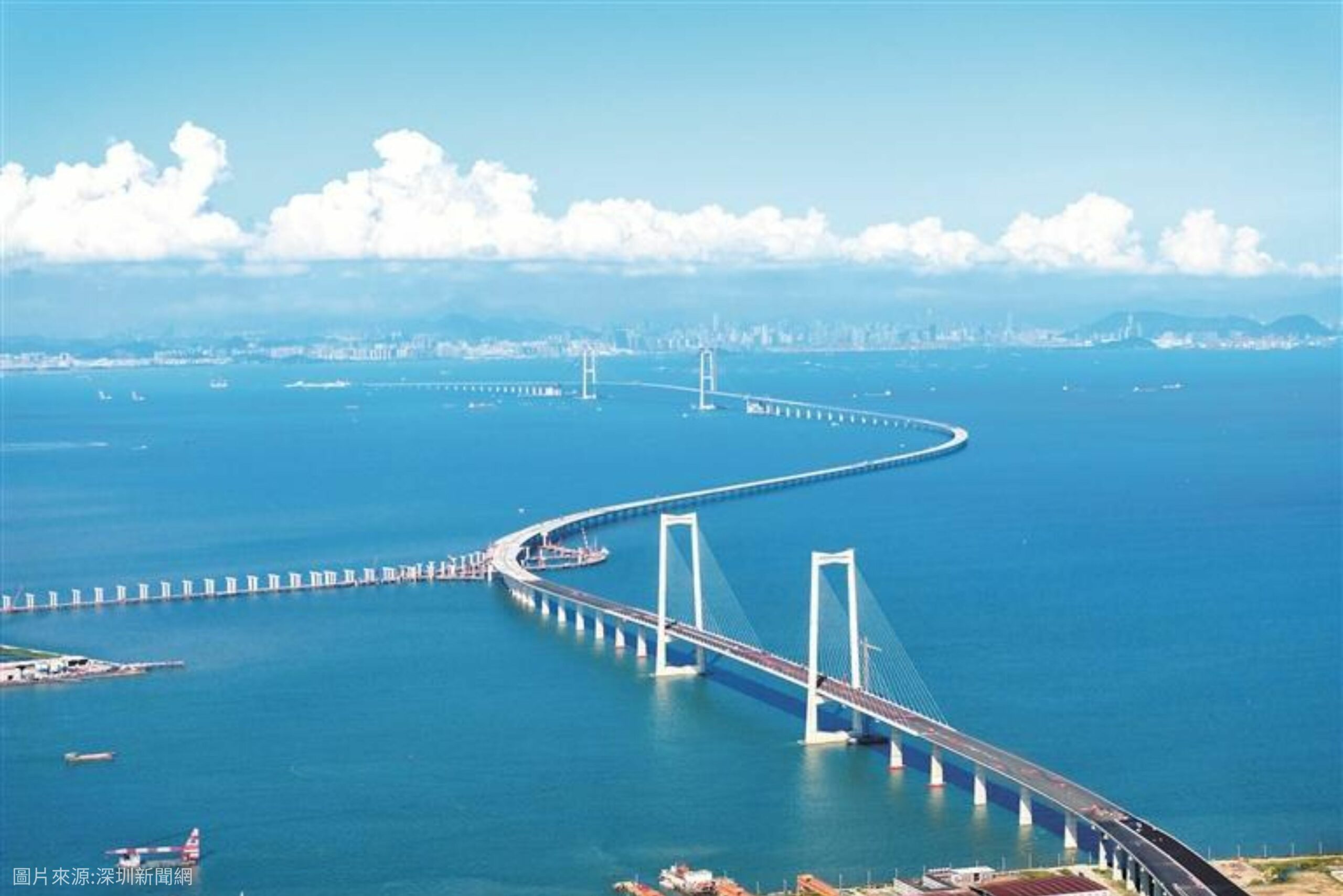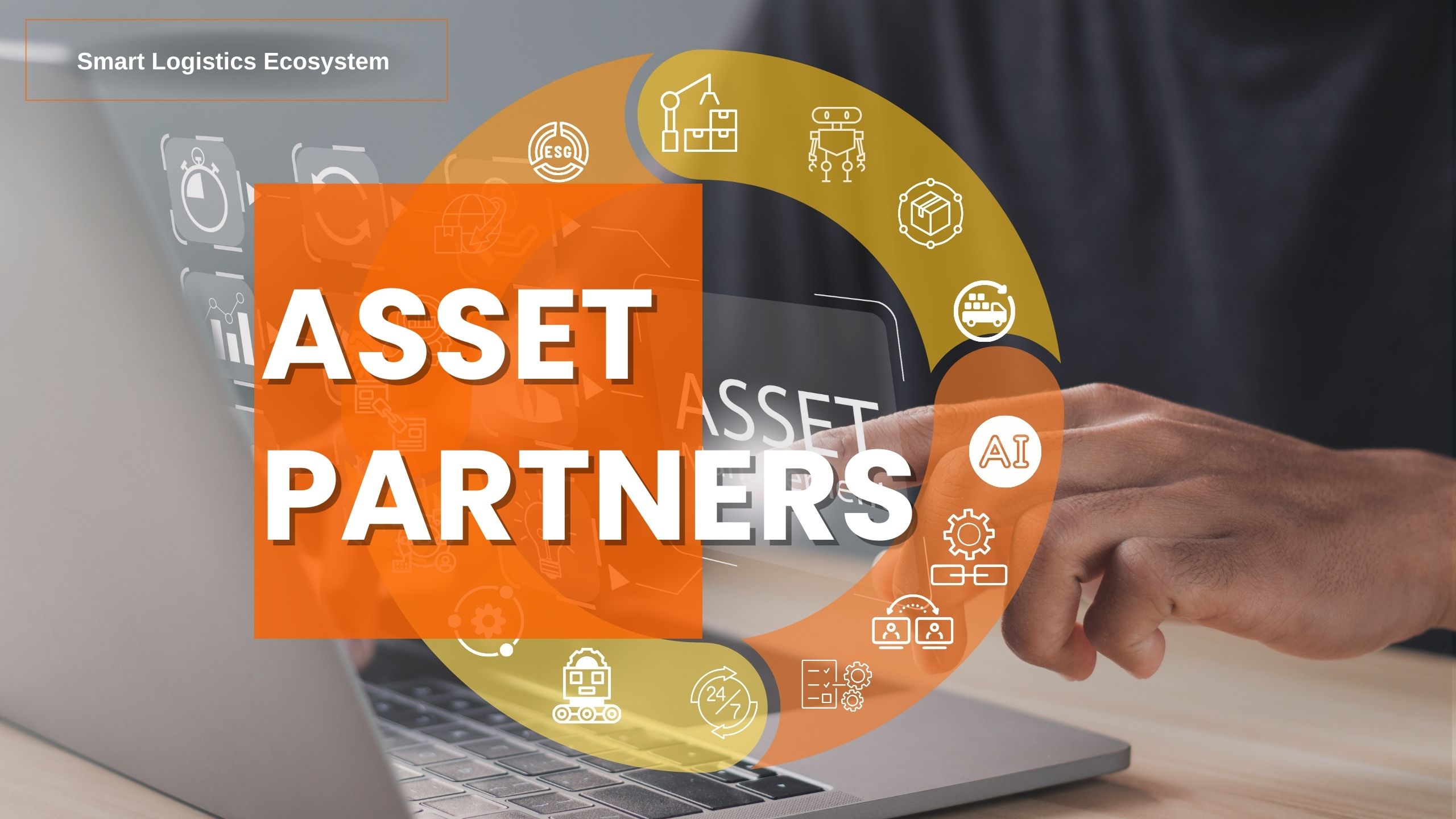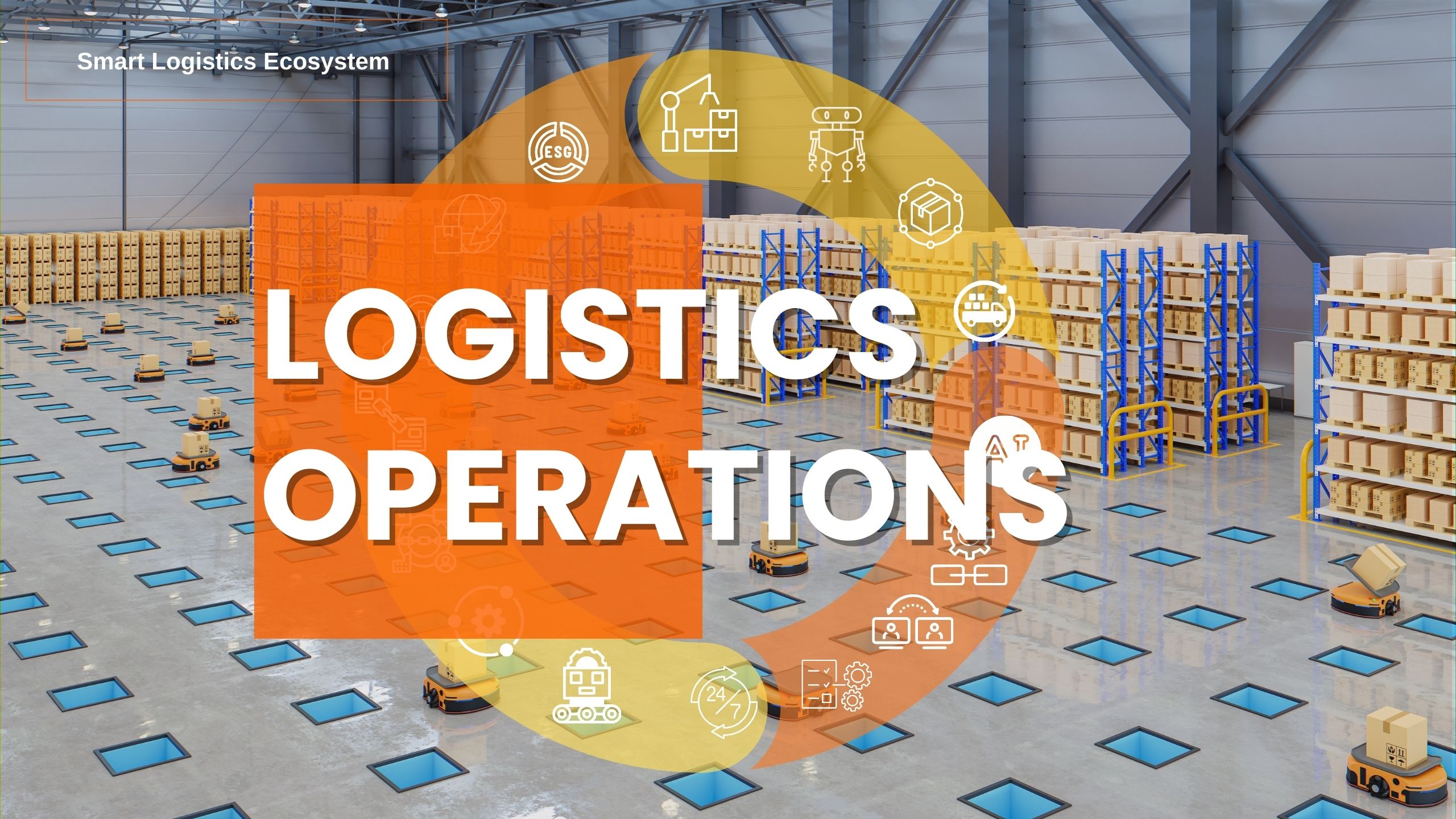GBA Logistics Real Estate Investments Strategy – (1) Geographical Location and Technological Innovation
- November 7, 2023
.jpg)
According to JLL’s white paper titled “China’s Top 5: From World-Class Cities to World-Class City Clusters,” the investment opportunities in commercial real estate in the Guangdong-Hong Kong-Macao Greater Bay Area (GBA) are expected to accelerate.
The GBA has established a modern industrial system with modern finance, logistics, and smart manufacturing as its core, driven by technological innovation for economic development. The report also highlights that the density of highways and railway networks in the five major city clusters exceeds the national average, offering diverse and multi-level investment opportunities in commercial real estate.
To capitalize on the investment opportunities in logistics real estate in the GBA, we can analyze different strategies divided into two parts:
Firstly, we delve into market demand, geographical locations, and technological innovation.
- In-depth research on market and demand:
In-depth research on market demand involves understanding the logistics market’s demand and supply chain environment in the GBA, particularly in key areas like modern finance, modern logistics, and smart manufacturing. This understanding will help identify the most promising geographical locations and logistics real estate projects.
It is projected that by the end of 2025, mainland China will witness the introduction of over 37.98 million square meters of high-standard warehouses. In the southern region, increased supply pressure will result in more vacant spaces in the market, making landlords more inclined to rent their fixed assets to high-efficiency and high-value tenants or industries, such as e-commerce and third-party logistics.
- Superior geographical locations:
Choosing superior geographical locations involves considering investments in logistics real estate near transportation hubs like ports, airports, and railway stations. The GBA boasts a higher density of highways and railway networks compared to the national average, providing better connectivity and transportation convenience for logistics real estate.
The Guangdong-Hong Kong-Macao Greater Bay Area is actively enhancing infrastructure construction and modernizing its transportation system through projects such as the Hong Kong-Zhuhai-Macao Bridge, high-speed railways, expressways, and the Smart Logistics Alliance in the Greater Bay Area. These initiatives foster connections and cooperation between cities and drive economic development and prosperity throughout the region, unlocking abundant economic potential on the western bank of the Pearl River by establishing a “one-hour accessibility” concept.
- Technological innovation:
Lastly, focusing on technological innovation is crucial as the Greater Bay Area thrives on technological advancements. It is essential to pay attention to the development trends of logistics technology, including the application of technologies like the Internet of Things, big data, and artificial intelligence in the logistics industry. Seeking out technology and solutions applicable to logistics real estate will enhance competitiveness.
Stay tuned for the next episode, where we will analyze industry strategies.
Other News
- All Post
- Greater Bay Alliance

The long-awaited Shenzhen-Zhongshan Bridge has finally passed its completion inspection on June 16th. This infrastructure marvel, comprising an underwater tunnel through the Pearl Riverbed and a cross-sea highway bridge, will connect the two cities and slash their travel time to just 30 minutes.

The 15th LET - a CeMAT Asia Event was officially unveiled recently, held for three consecutive days (May 29-31) at the Guangzhou China Import & Export Fair Complex.

Asset partners comprise capital investors and real estate providers with financial resources and physical logistics properties such as warehouses, logistics centers, and distribution centers. Both parties are driven by achieving long-term stable returns and asset appreciation, but they may need more experience in operating logistics assets.

With the increasing demand for online shopping, the logistics industry faces significant challenges and opportunities. To meet the growing needs, logistics operators must invest substantial funds in acquiring new logistics equipment, such as automation, intelligence, and digitization, to enhance operational efficiency and service levels. However, such investments can be a significant burden for many logistics operators.
